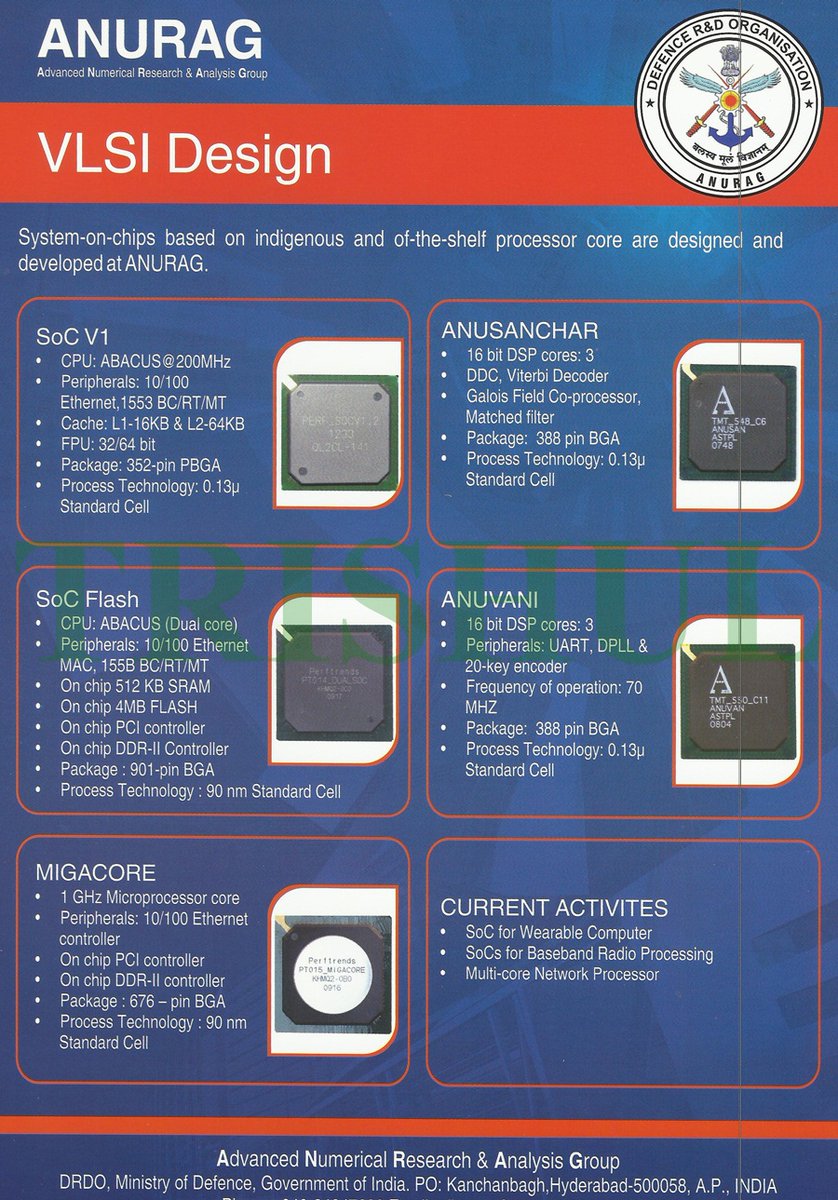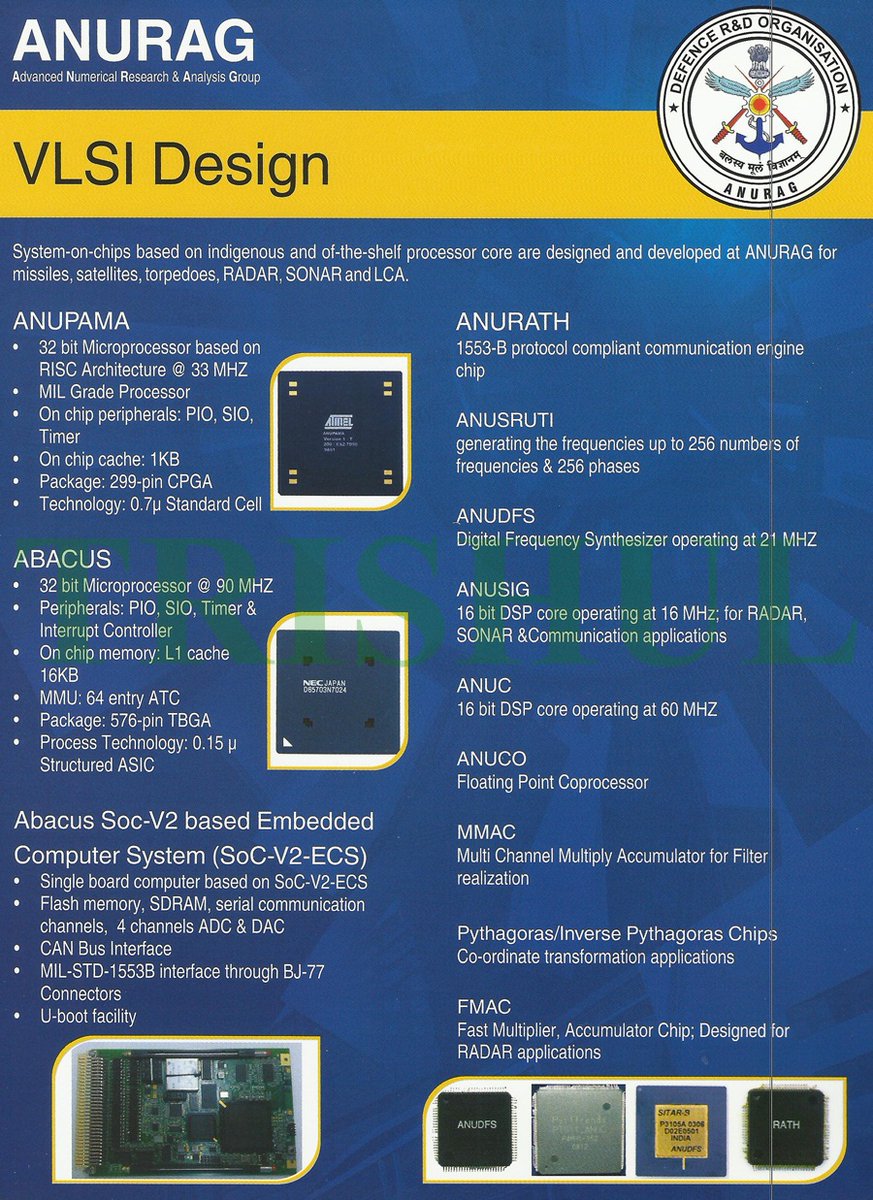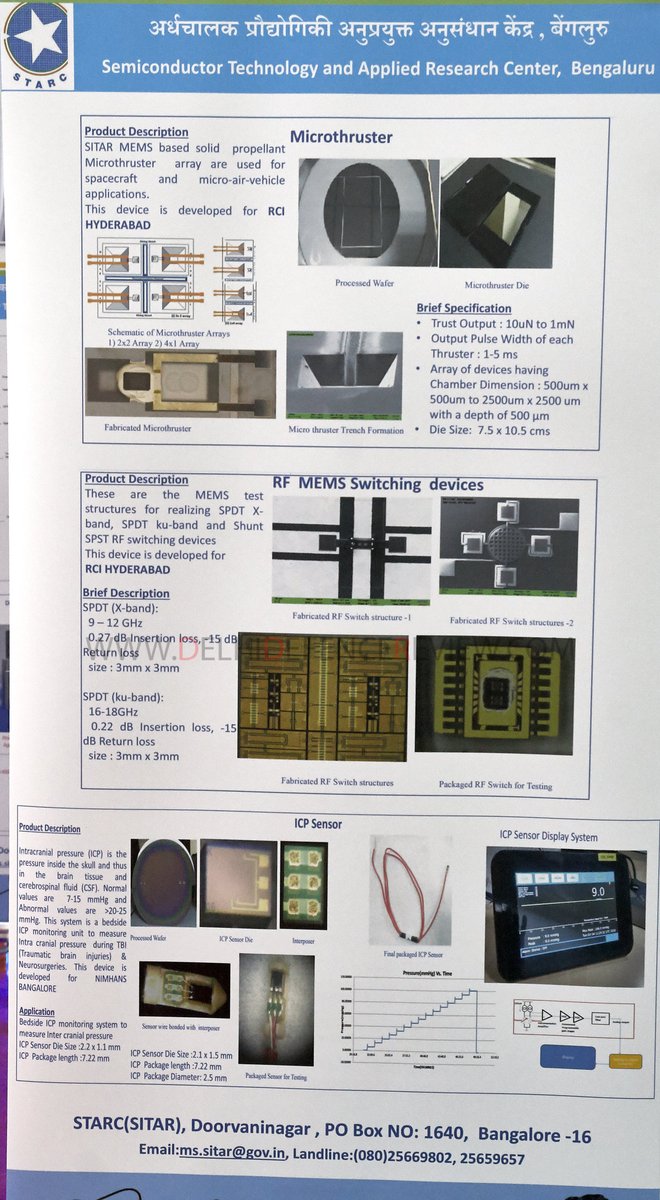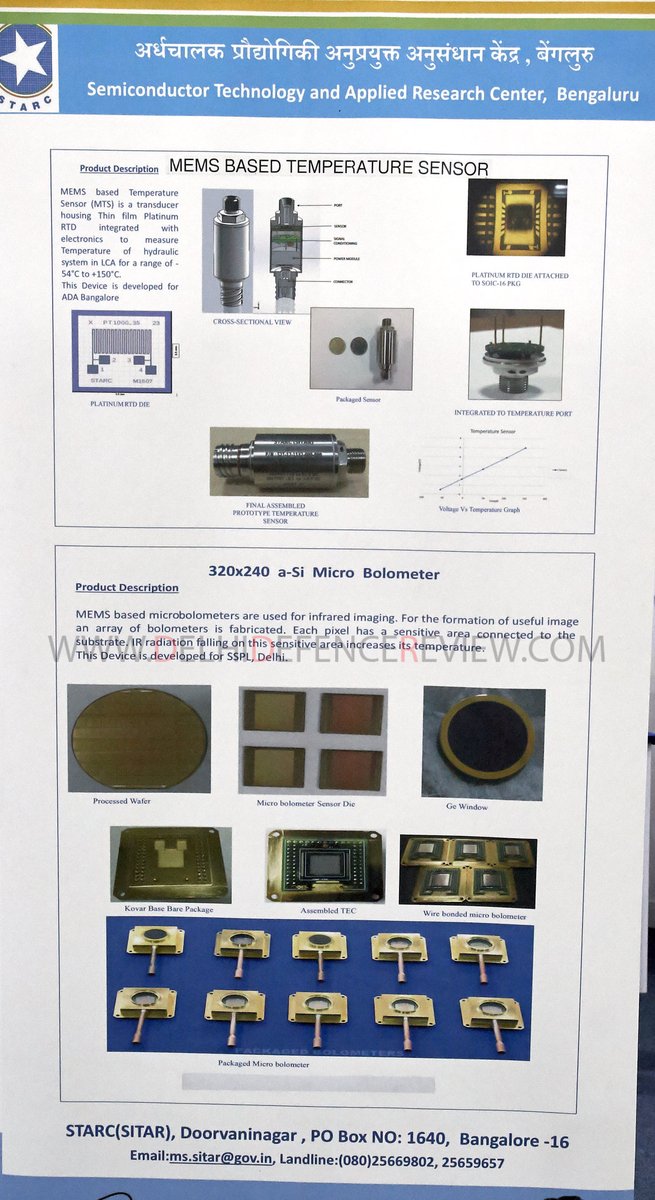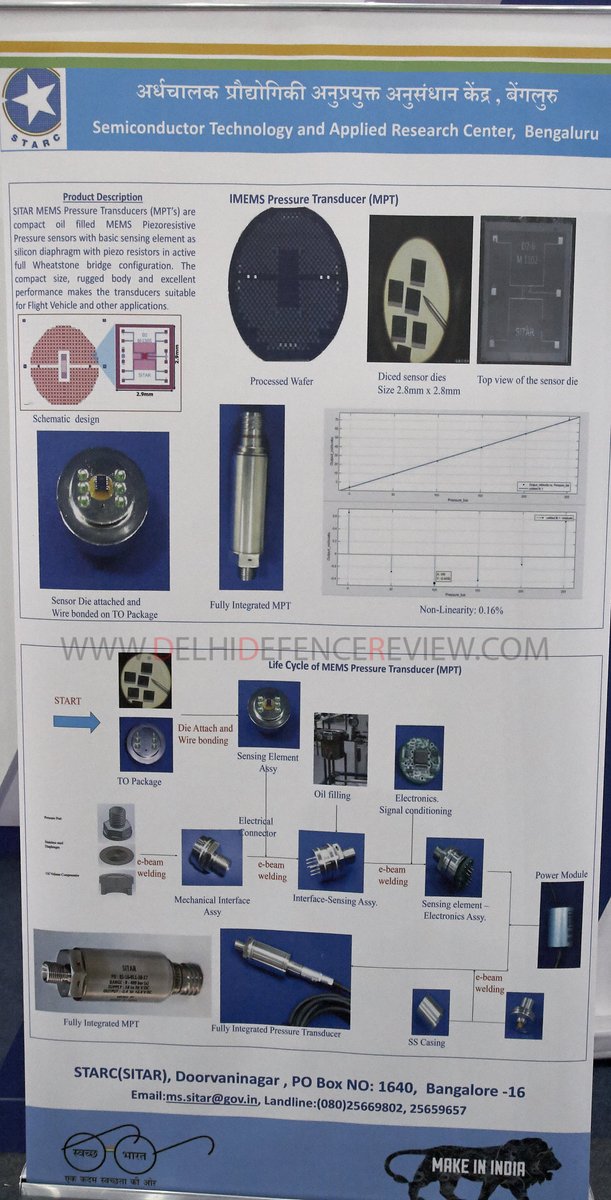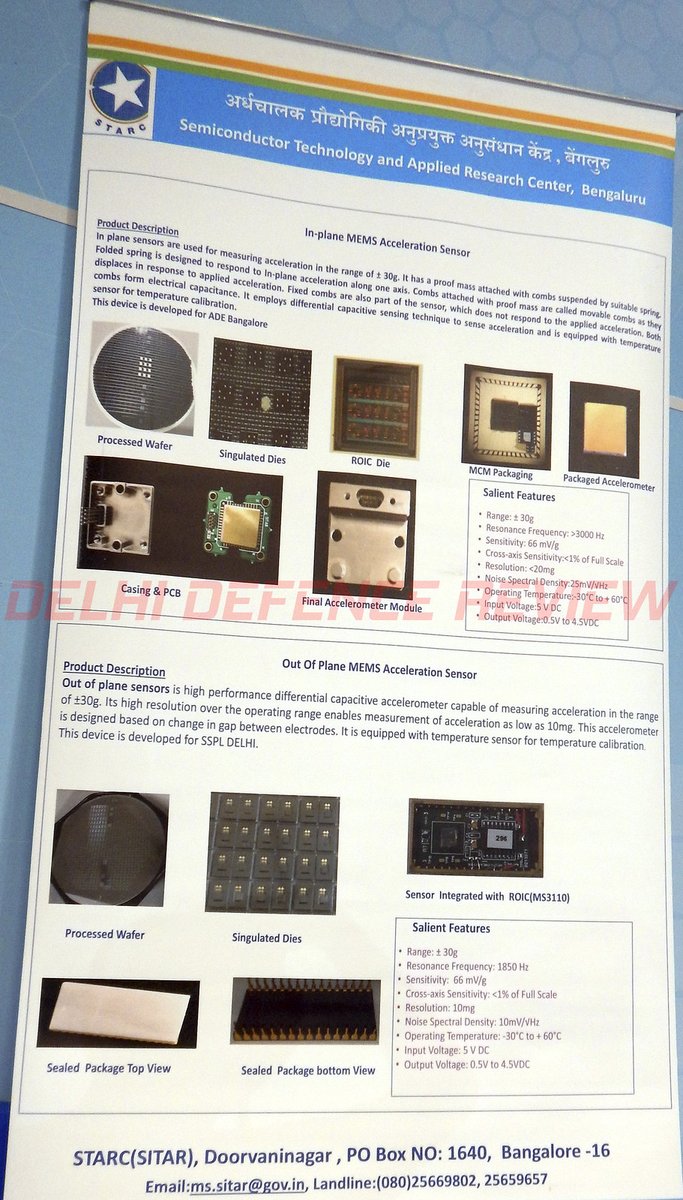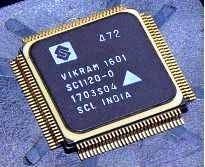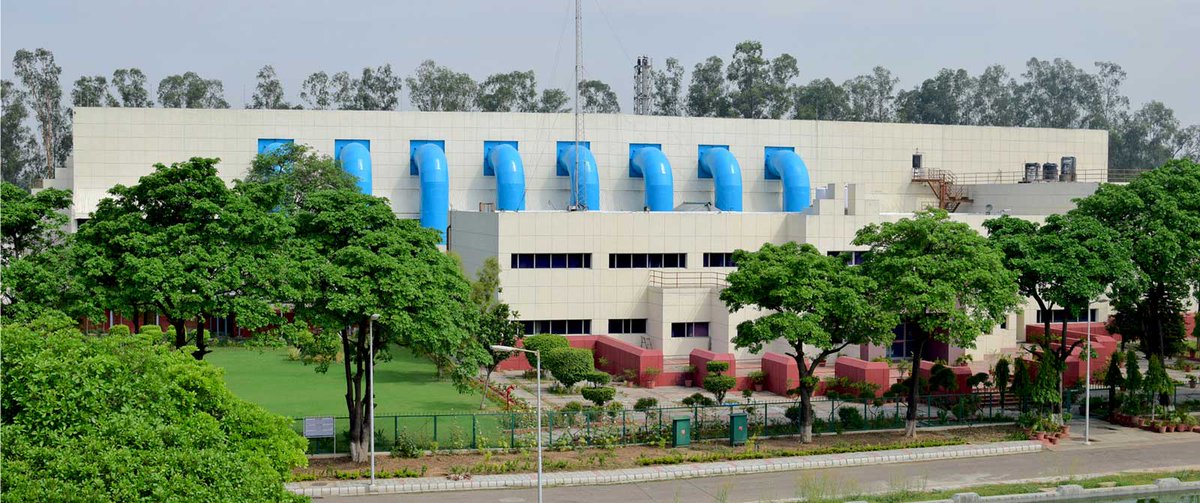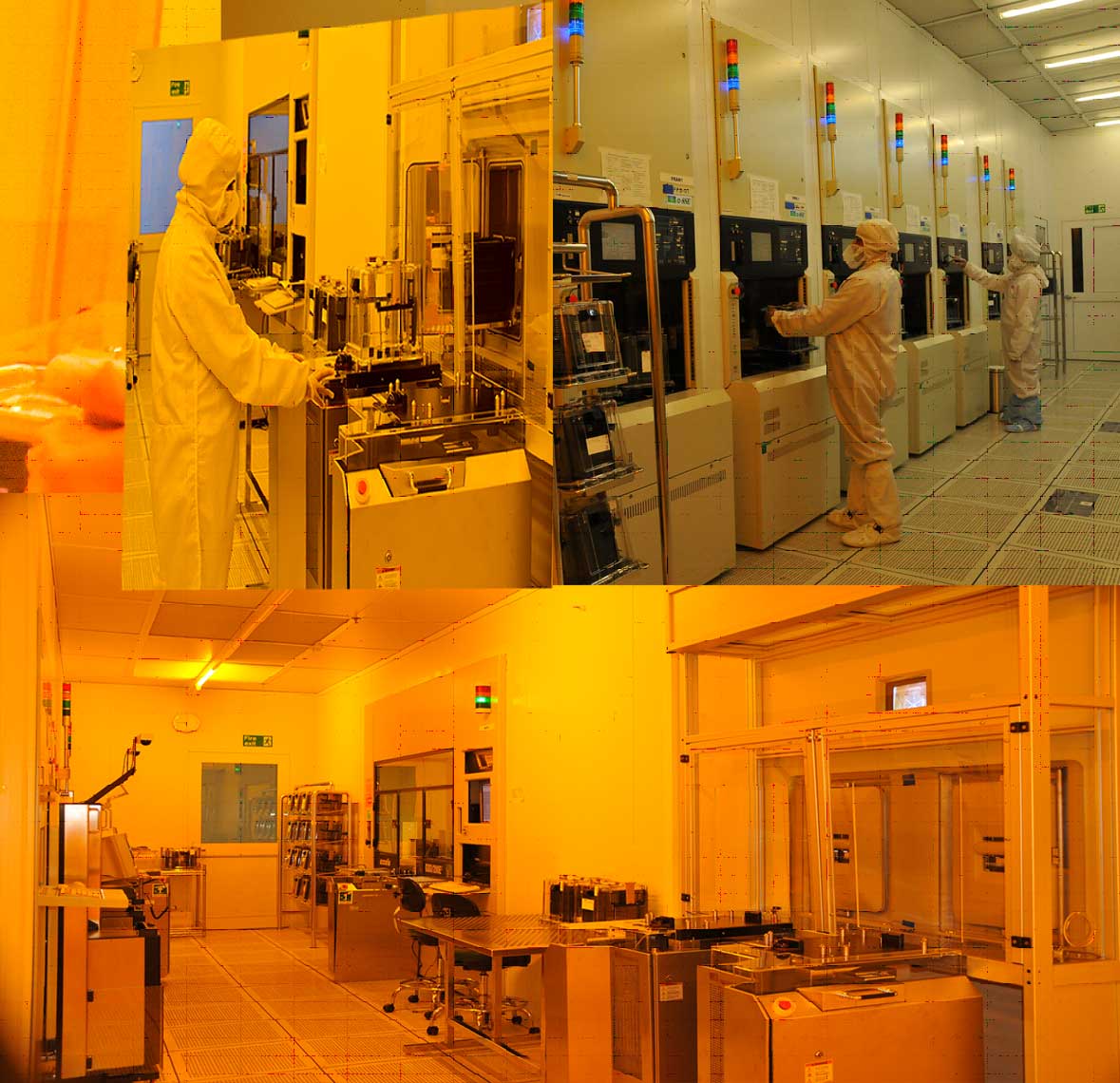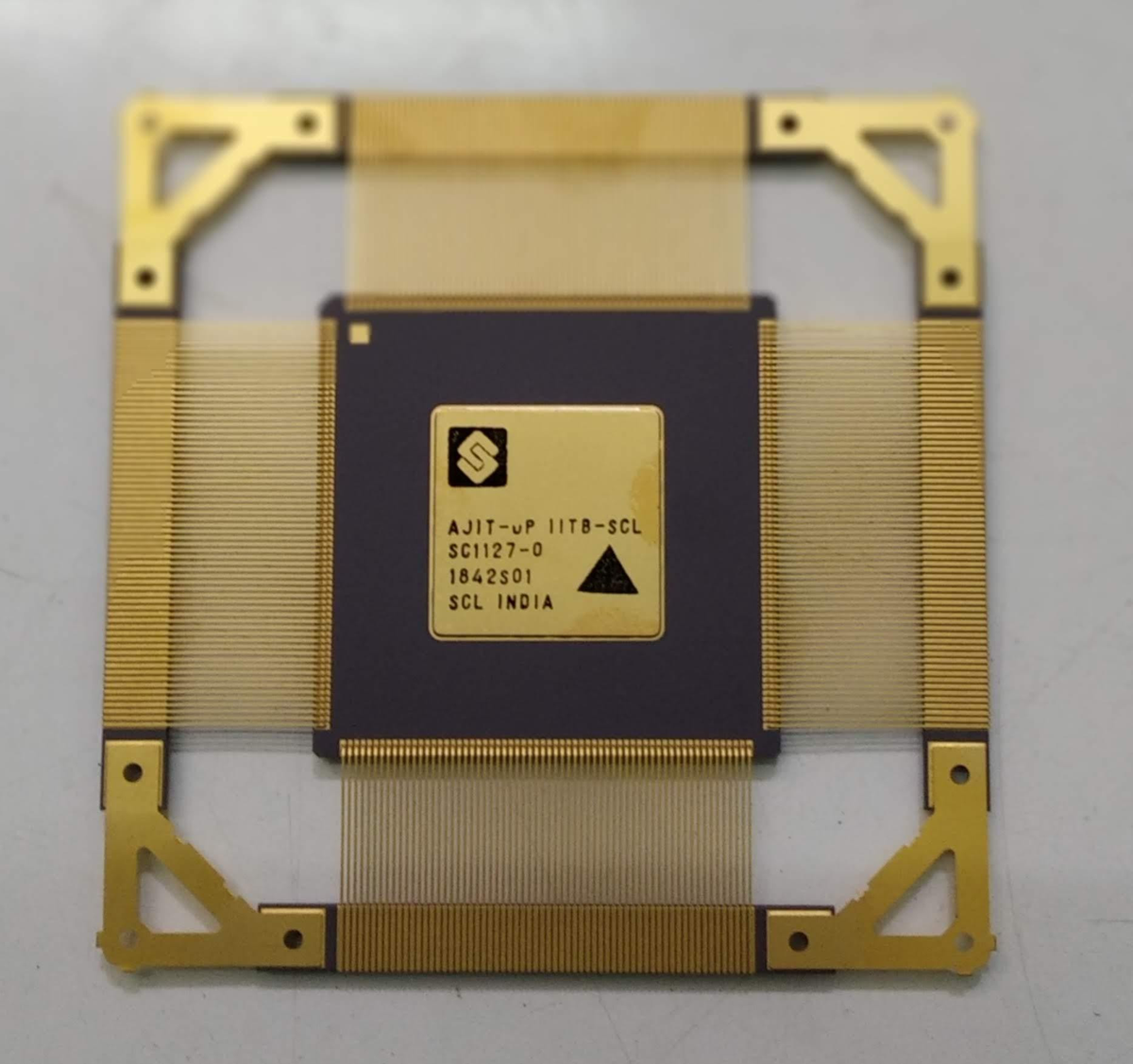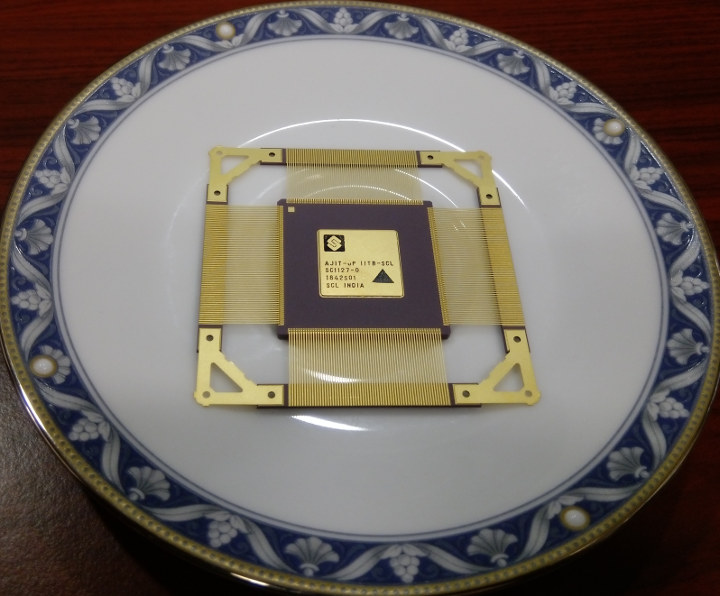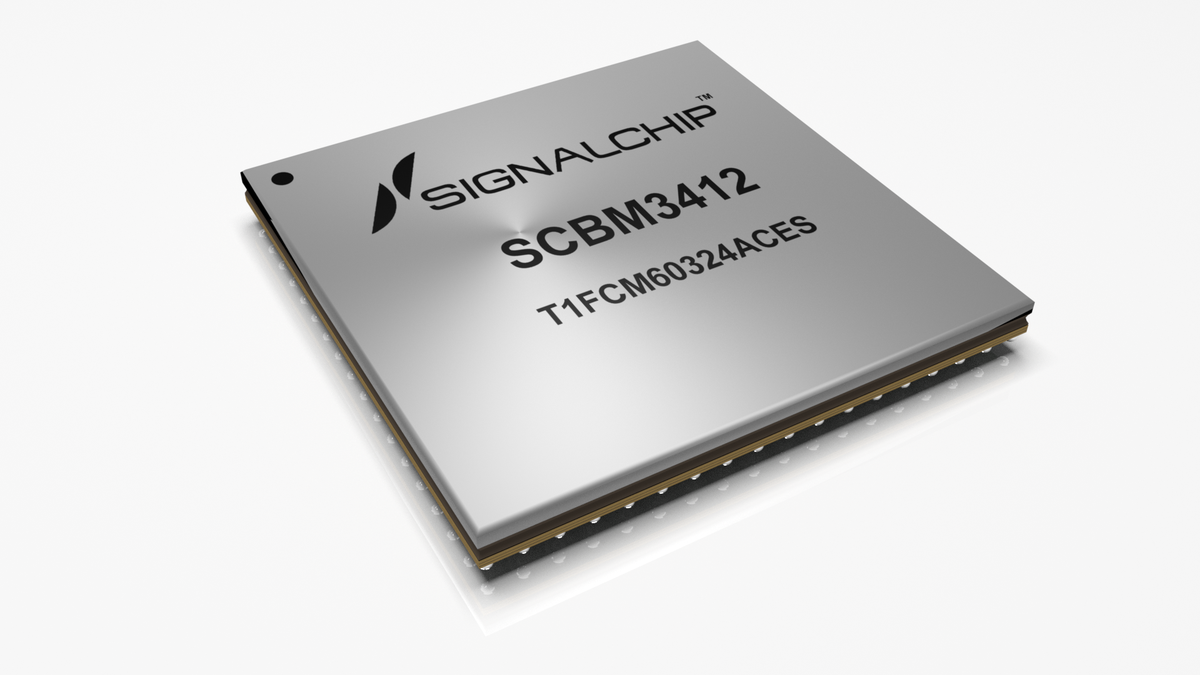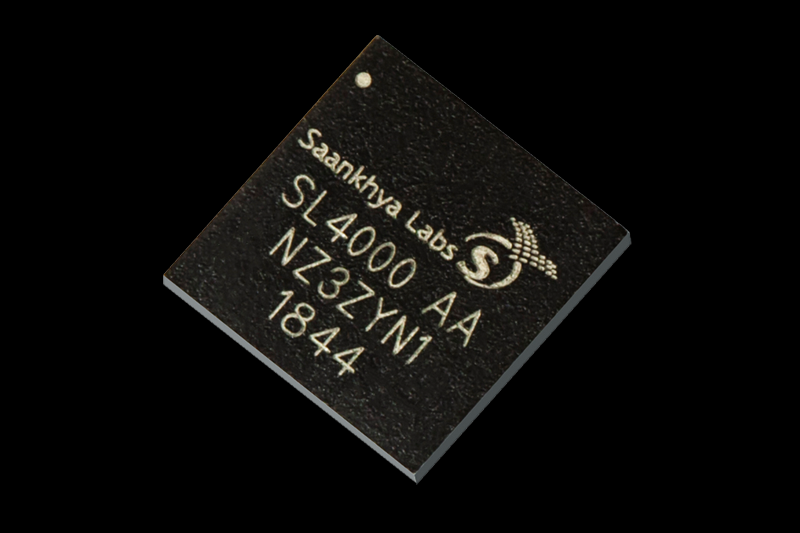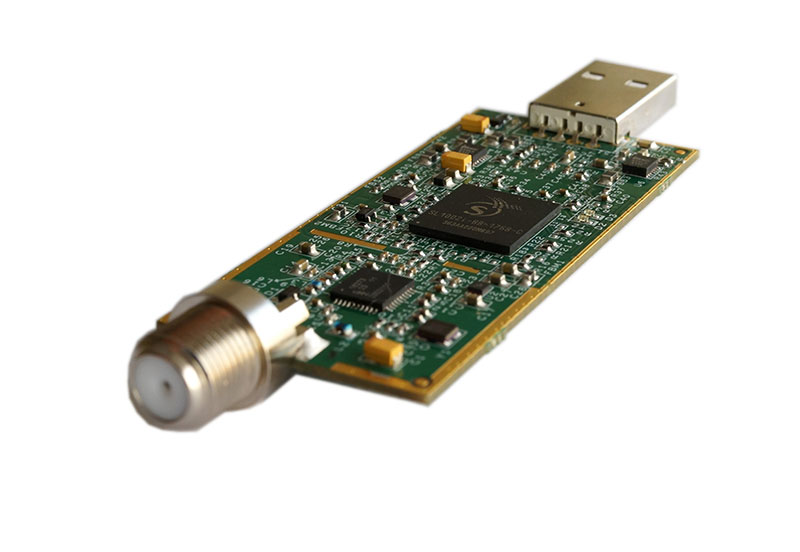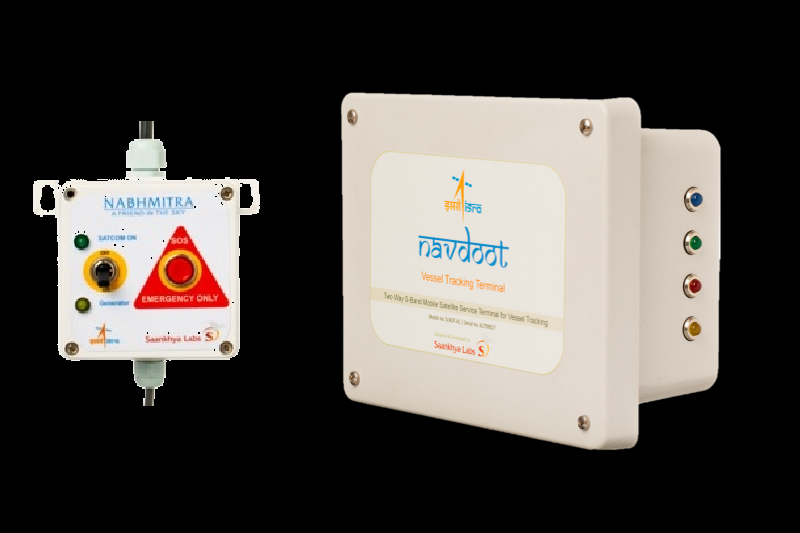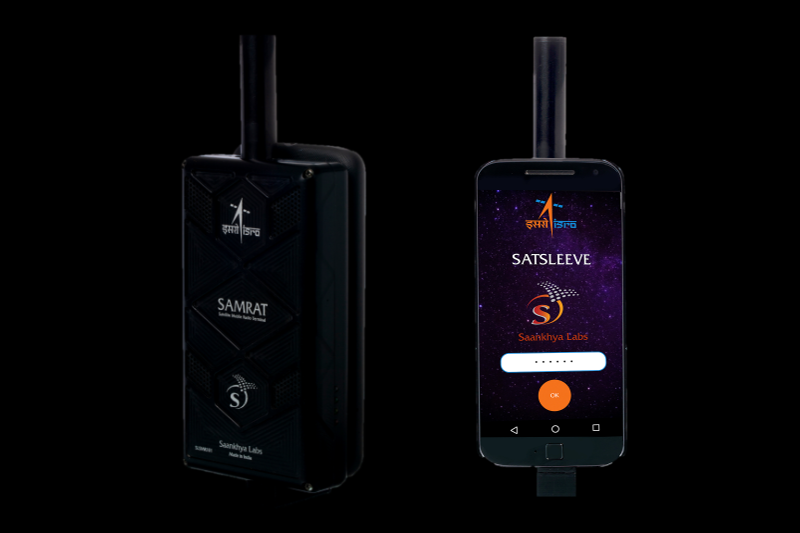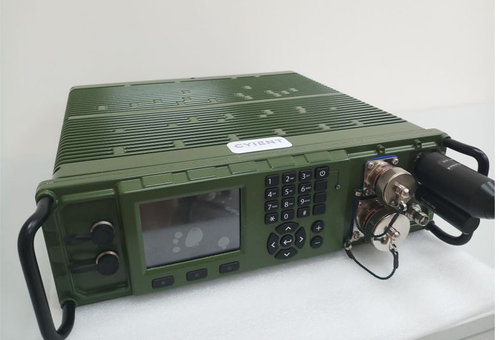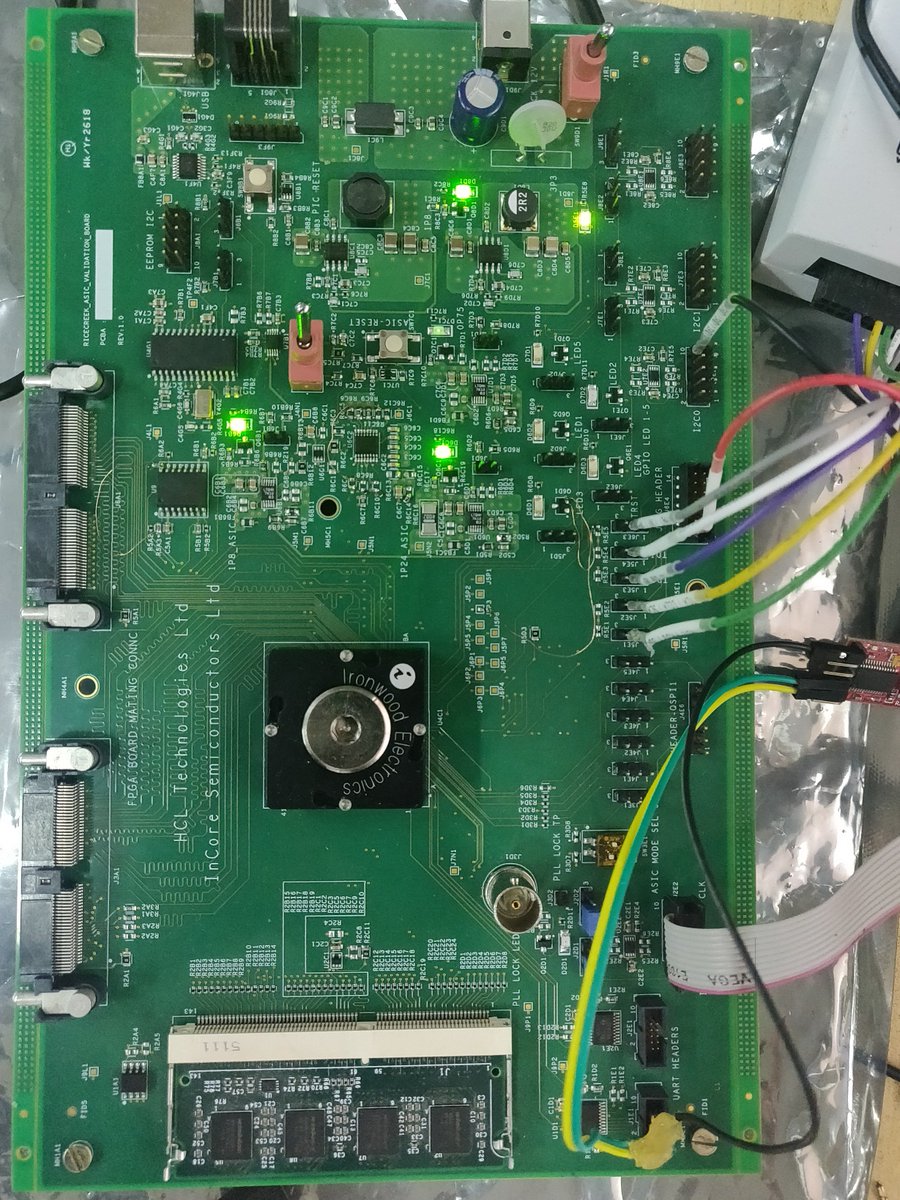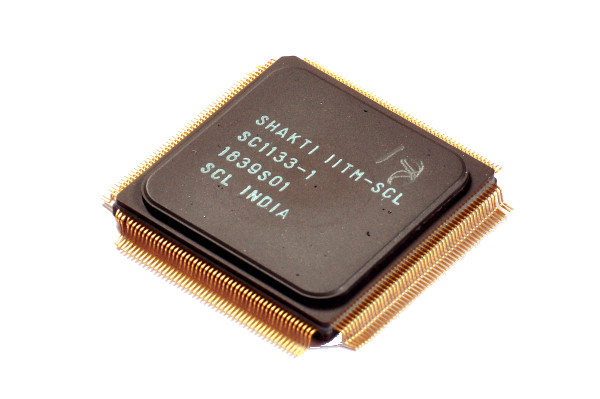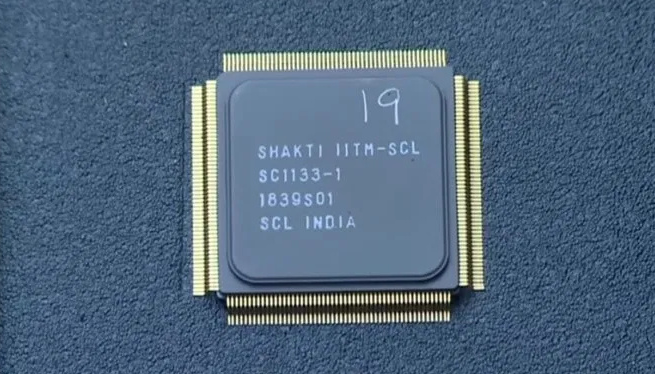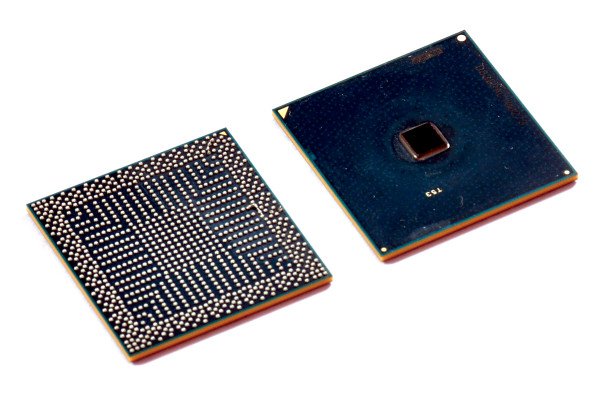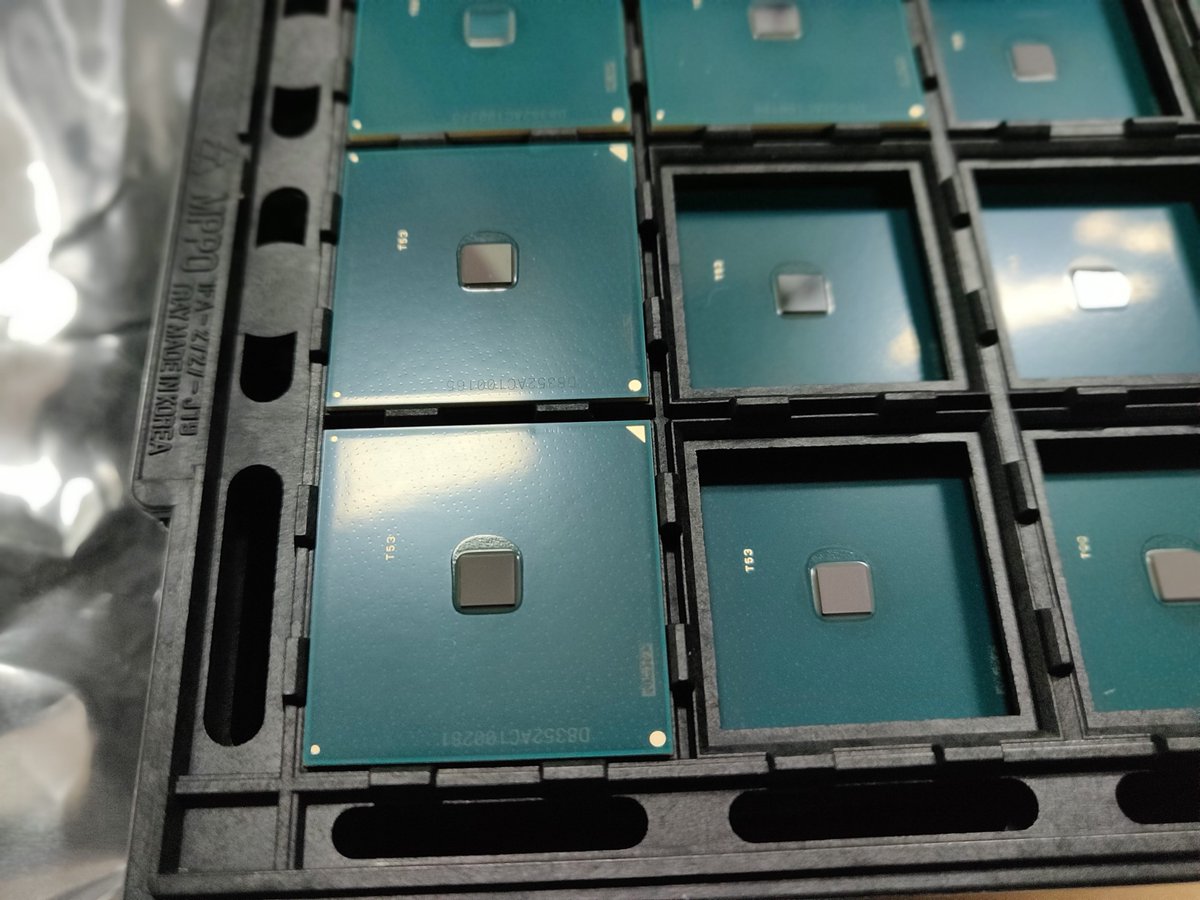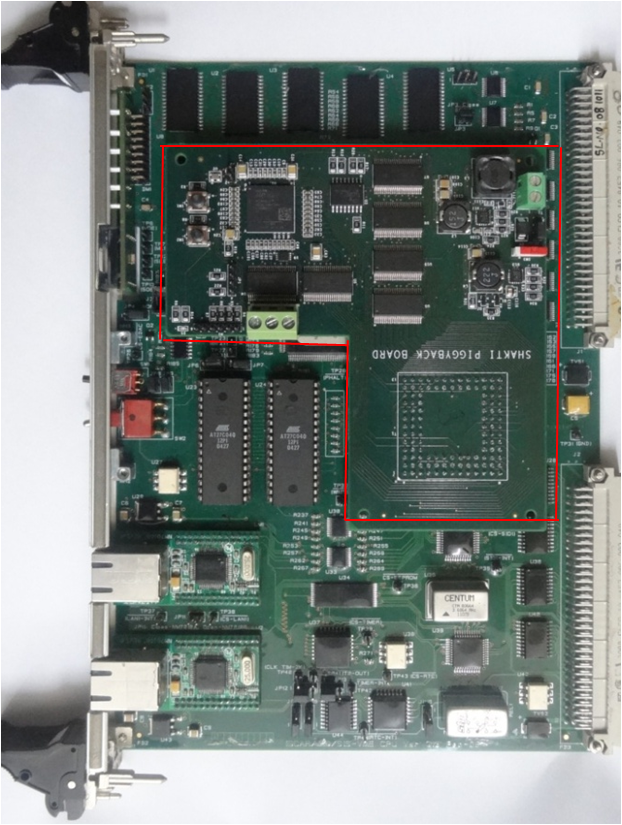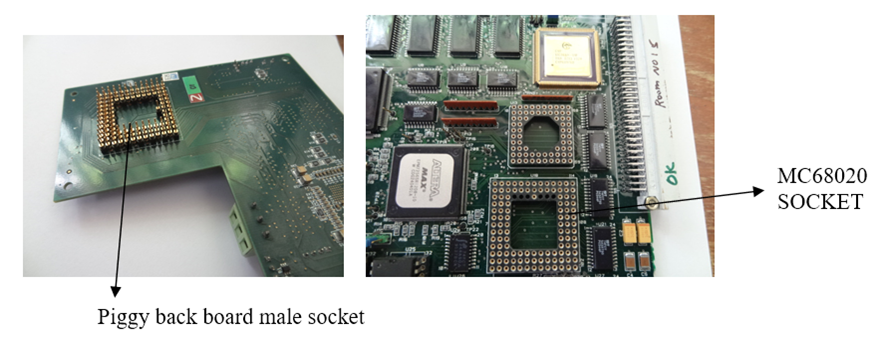THREAD : A look at India& #39;s micro-processor & micro-controller R&D work in Defence, Space, Telecom etc. sectors. Funded by MeITY, ISRO etc(under direct/indirect control of the GoI) with participation from academia & the private sector.
DEFENCE :
Let& #39;s take a look at what DRDO is doing in this field. DRDO has set up the Society for Integrated Circuit Technology & Applied Research(SITAR) & Advanced Numerical Research & Analysis Group(ANURAG) to design systems required for many DRDO projects.
Let& #39;s take a look at what DRDO is doing in this field. DRDO has set up the Society for Integrated Circuit Technology & Applied Research(SITAR) & Advanced Numerical Research & Analysis Group(ANURAG) to design systems required for many DRDO projects.
They have 2 production units :
1. Semiconductor Technology & Applied Research Centre (STARC) at Bangalore
2. Gallium Arsenide Enabling Technology Centre (GAETEC) at Hyderabad.
Most of the processors used in the guidance systems of Indian missiles & munitions are made by them.
1. Semiconductor Technology & Applied Research Centre (STARC) at Bangalore
2. Gallium Arsenide Enabling Technology Centre (GAETEC) at Hyderabad.
Most of the processors used in the guidance systems of Indian missiles & munitions are made by them.
In the early days, SITAR used to design chips & then have them manufactured from abroad. But since the early 2010s, the facilities have seen upgradation. Thus the need for contract manufacturing from abroad have drastically reduced.
The STARC facility is a 1 micron digital CMOS, DLM and MIL qualified fab with capability to process 150 mm wafers. MEMS fabrication facility also was established in 2012. MEMS Packaging & Testing Facility have been added in 2017.
Pics show some ANURAG designed chips from 2013.
Pics show some ANURAG designed chips from 2013.
GAETEC, on the other hand, has absorbed process technology developed at SSPL & has been producing MMICs with 0.7-micron gate length MESFETs (G7a) and 0.5micron gate length MESFETs (G5A) in GaAs Fab.
Pics show some of SITAR& #39;s products.
Pics show some of SITAR& #39;s products.
SPACE :
ISRO wanted to remove the in use Onboard Computers(OBCs) on their launch vehicles that used the American made Motorola 6800/68000 and/or Intel 960 based processors for navigation, guidance & control tasks. They wanted to have full control over the design of the chip.
ISRO wanted to remove the in use Onboard Computers(OBCs) on their launch vehicles that used the American made Motorola 6800/68000 and/or Intel 960 based processors for navigation, guidance & control tasks. They wanted to have full control over the design of the chip.
ISRO set out to design a micro-processor on their own a few years back. It was named "Vikram 1601" after ISRO& #39;s founder Dr. Vikram Sarabhai.
ISRO names a lot of things after Dr. Sarabhai. Like how DRDO names a lot of things "NETRA" & "RUDRA". At least ISRO has a good reason.
ISRO names a lot of things after Dr. Sarabhai. Like how DRDO names a lot of things "NETRA" & "RUDRA". At least ISRO has a good reason.
The processor was designed & fabricated by the Semi-Conductor Laboratory (SCL) at Chandigarh using technology node of 180 nm. The processor has a 16 bit, RISC-V architecture with a base clock speed of 80 Mhz. There is a 32 bit variant being made too.
Pic : Wafer fabrication site
Pic : Wafer fabrication site
ISRO has made next gen OBCs with the Vikram 1601 and has already put the processor to use. Starting with the PSLV-C47 mission that put the CARTOSAT-3 in orbit, all missions from then on used the Vikram 1601 processor. https://www.ndtv.com/india-news/developed-vikram-processor-to-guide-future-rockets-says-isro-official-2139790">https://www.ndtv.com/india-new...
IIT Bombay :
IIT-B developed the AJIT microprocessor with funding from MeitY & Powai Labs. The processor has a clock speed of around 70-120MHz, using the SPARC ISA & is built on 180nm technology at SCL. Clock speeds of 400-500MHz is achievable in the next upgrade.
IIT-B developed the AJIT microprocessor with funding from MeitY & Powai Labs. The processor has a clock speed of around 70-120MHz, using the SPARC ISA & is built on 180nm technology at SCL. Clock speeds of 400-500MHz is achievable in the next upgrade.
It is designed to be used in set-top box, as a control panel for automation systems, in a traffic light controller or in robotic systems. Plans are underway to use AJIT in receivers being developed for NAVIC/IRNSS. It is expected to cost just ₹100 when it is produced en-masse.
C-DAC :
C-DAC has been tasked to design of a family of microprocessors, IPs, SoCs & ecosystem supporting the product development to meet India’s requirements for strategic, industrial & commercial sectors. This is easily one of the most ambitious projects so far for C-DAC.
C-DAC has been tasked to design of a family of microprocessors, IPs, SoCs & ecosystem supporting the product development to meet India’s requirements for strategic, industrial & commercial sectors. This is easily one of the most ambitious projects so far for C-DAC.
Recently the project-in-charge, Krishna Rao has said that they have completed development of a series of 64-bit single/dual/quad-core, superscalar, out-of-order, high-performance processors based on RISC-V ISA, multi-level caches, memory management unit & coherent interconnect.
The processors are customizable for better performance/power depending on the use. The SoC devices will be fabricated embedding the 64-bit quad-core microprocessor operating at 2.0GHz targeted for various uses like vehicle tracking, set-top box, router, smartphone, tablet PC etc.
TELECOM :
A number of companies are taking interest here, Jio most recently. Two other names came to prominence in the past few years. Signalchip with the Agumbe family of chips & Saankhya Labs with the Prithvi family of chips. Let& #39;s start with the former.
A number of companies are taking interest here, Jio most recently. Two other names came to prominence in the past few years. Signalchip with the Agumbe family of chips & Saankhya Labs with the Prithvi family of chips. Let& #39;s start with the former.
Signalchip : It is a Bengaluru-based fab-less semiconductor start-up, a company invested & mentored by Dr Sridhar Vembu, co-founder of Zoho Corp. After 8 years of relentless R&D work, they have unveiled India’s first semiconductor chip for 4G/LTE and 5G NR (New Radio) modems.
Signalchip unveiled four chips:
SCBM3412: a single chip 4G/LTE modem including the baseband and transceiver sections in a single device
SCBM3404: a single chip 4X4 LTE baseband modem
SCRF3402: a 2X2 transceiver for LTE
SCRF4502: a 2X2 transceiver for 5G NR standards
SCBM3412: a single chip 4G/LTE modem including the baseband and transceiver sections in a single device
SCBM3404: a single chip 4X4 LTE baseband modem
SCRF3402: a 2X2 transceiver for LTE
SCRF4502: a 2X2 transceiver for 5G NR standards
These chips can be used to design base stations of different form factors covering small cells to high-power base stations. Agumbe chips support network architectures such as OpenRAN/CRAN with flexible interface configurations.
Saankhya Labs :
Pruthvi-3 is a fully programmable multi-standard chipset that supports next-generation broadcast standards. Available in multiple package options, Pruthvi-3 is an advanced SDR SoC made in 28-nm FDSOI process supporting advanced physical layer functionality
Pruthvi-3 is a fully programmable multi-standard chipset that supports next-generation broadcast standards. Available in multiple package options, Pruthvi-3 is an advanced SDR SoC made in 28-nm FDSOI process supporting advanced physical layer functionality
Manufacturing of the chip is done by Samsung Corp. The chip is ready for emerging technologies like 5G, machine learning and artificial intelligence. Saankhya Labs is pioneering a concept called 5G broadcast that marries both ML and 5G.
Pics : Products made using Saankhya chips.
Pics : Products made using Saankhya chips.
And now finally to -
IIT Madras :
Started as an academic initiative in 2014 to create an ecosystem of production grade processors, SoC& #39;s & peripheral IP& #39;s using open source ISA by the Reconfigurable Intelligent Systems Engineering (RISE) group at IIT-Madras.
IIT Madras :
Started as an academic initiative in 2014 to create an ecosystem of production grade processors, SoC& #39;s & peripheral IP& #39;s using open source ISA by the Reconfigurable Intelligent Systems Engineering (RISE) group at IIT-Madras.
The RISE group got financial backing from the MeITY & technology support from HCL Technologies & Intel Corp. The RISE group aims to build 6 variants of processors based on the RISC-V ISA. The family of processors was named "SHAKTI".
Pic : HCL& #39;s motherboard with SHAKTI processor.
Pic : HCL& #39;s motherboard with SHAKTI processor.
They have been broadly categorized into
1. Base Processors(E, C & I class)
2. Multi-Core Processors(M, S & H class)
3. Experimental Processors(T &F class)
Frankly there is way too much information to tweet. Here is their wiki page, read the rest there : https://en.wikipedia.org/wiki/SHAKTI_-_Microprocessor_%26_Microcontroller">https://en.wikipedia.org/wiki/SHAK...
1. Base Processors(E, C & I class)
2. Multi-Core Processors(M, S & H class)
3. Experimental Processors(T &F class)
Frankly there is way too much information to tweet. Here is their wiki page, read the rest there : https://en.wikipedia.org/wiki/SHAKTI_-_Microprocessor_%26_Microcontroller">https://en.wikipedia.org/wiki/SHAK...
The processors are at various stages of development. They have decided to manufacture 2 processors models of testing. The test chips are named : RIMO & RISECREEK. Both of the two processors are of the C-class having the same design, but manufactured using different technologies
RIMO :
Made at SCL Chandigarh, India facility using 180nm CMOS technology
Max clock speed is 70 MHz
208-pin Ceramic Quad Flat Pack(CQFP) type packaging
Size: (12 x 12) square mm
In-order 5 stage 64-bit microcontroller supporting the entire stable RISC-V ISA(RV64IMAFD)
Made at SCL Chandigarh, India facility using 180nm CMOS technology
Max clock speed is 70 MHz
208-pin Ceramic Quad Flat Pack(CQFP) type packaging
Size: (12 x 12) square mm
In-order 5 stage 64-bit microcontroller supporting the entire stable RISC-V ISA(RV64IMAFD)
RISECREEK :
Made at Intel Oregon, USA facility using 22nm FinFET technology
Max clock speed is 350Mhz
208-pin Ball Grid Array (BGA) type packaging
Size: (4 x 4) square mm
In-order 5 stage 64-bit microcontroller supporting the entire stable RISC-V ISA(RV64IMAFD)
Made at Intel Oregon, USA facility using 22nm FinFET technology
Max clock speed is 350Mhz
208-pin Ball Grid Array (BGA) type packaging
Size: (4 x 4) square mm
In-order 5 stage 64-bit microcontroller supporting the entire stable RISC-V ISA(RV64IMAFD)
The processors are going to be used in making the next gen Artillery Combat Command & Control Network for the Indian Army. It is also being planned to be deployed in nuclear power stations.
Pics : SHAKTI with piggyback board proposed to be used in nuclear reactor computers.
Pics : SHAKTI with piggyback board proposed to be used in nuclear reactor computers.
The long thread is meant to showcase the semiconductor R&D work going on in India under various agencies/organisations. A lot of people seem to think India does nothing in the semi-conductor space. There is a need to do better, no doubt.
The SCL has been the enabler for the nascent Indian semi-conductor ecosystem. However SCL continues to use 180nm CMOS technology. That might be adequate for most of ISRO& #39;s workload for now. But it not adequate for many other strategic and commercial uses.
Upgrading that to a state of the art manufacturing technology would require billions of $. This cannot happen without GoI& #39;s support. There has been some news recently of GoI encouraging industries to set up foundries which is encouraging. But the SCL needs to be upgraded.

 Read on Twitter
Read on Twitter